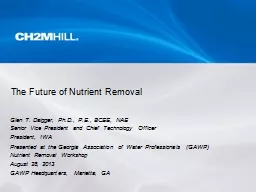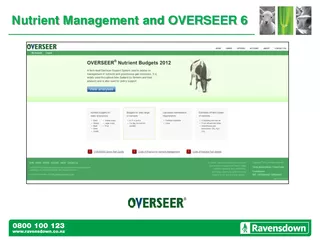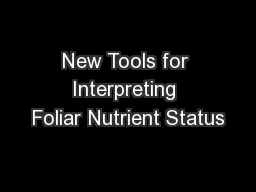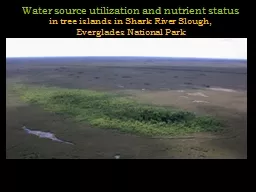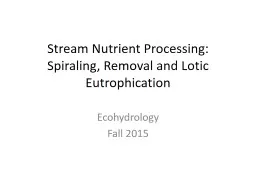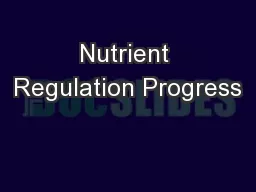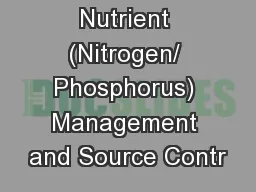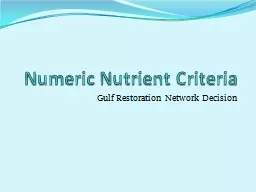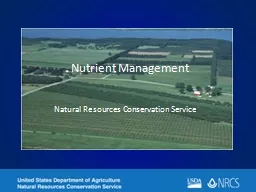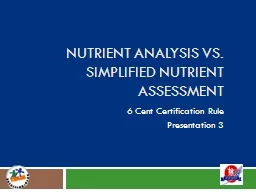PPT-The Future of Nutrient Removal
Author : verticalbikers | Published Date : 2020-07-02
Glen T Daigger PhD PE BCEE NAE Senior Vice President and Chief Technology Officer Presented at the Arizona Water Association Wastewater Treatment Committee Seminar
Presentation Embed Code
Download Presentation
Download Presentation The PPT/PDF document "The Future of Nutrient Removal" is the property of its rightful owner. Permission is granted to download and print the materials on this website for personal, non-commercial use only, and to display it on your personal computer provided you do not modify the materials and that you retain all copyright notices contained in the materials. By downloading content from our website, you accept the terms of this agreement.
The Future of Nutrient Removal: Transcript
Download Rules Of Document
"The Future of Nutrient Removal"The content belongs to its owner. You may download and print it for personal use, without modification, and keep all copyright notices. By downloading, you agree to these terms.
Related Documents

